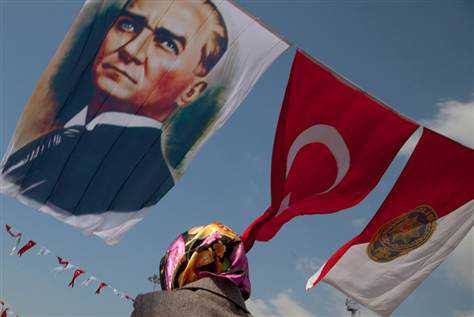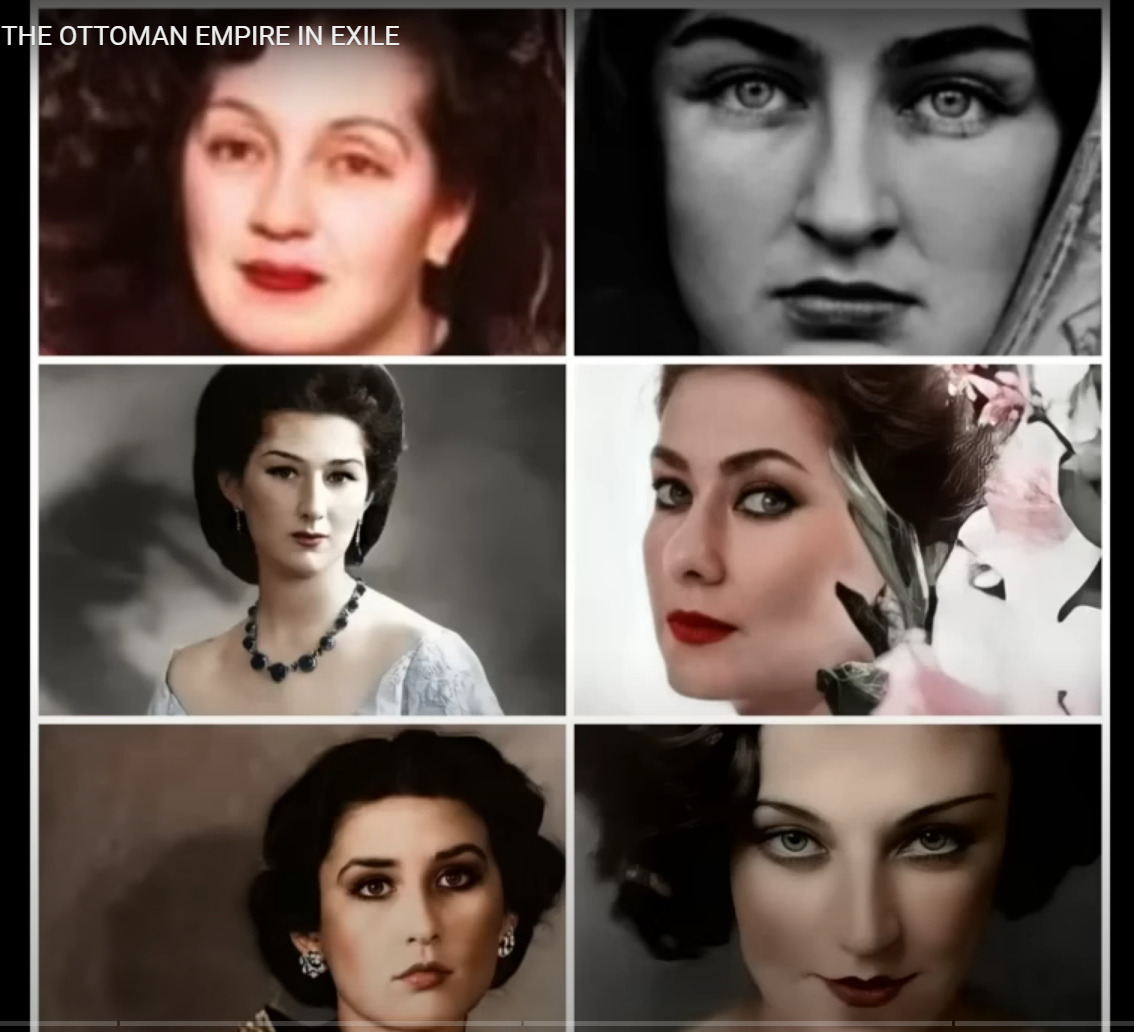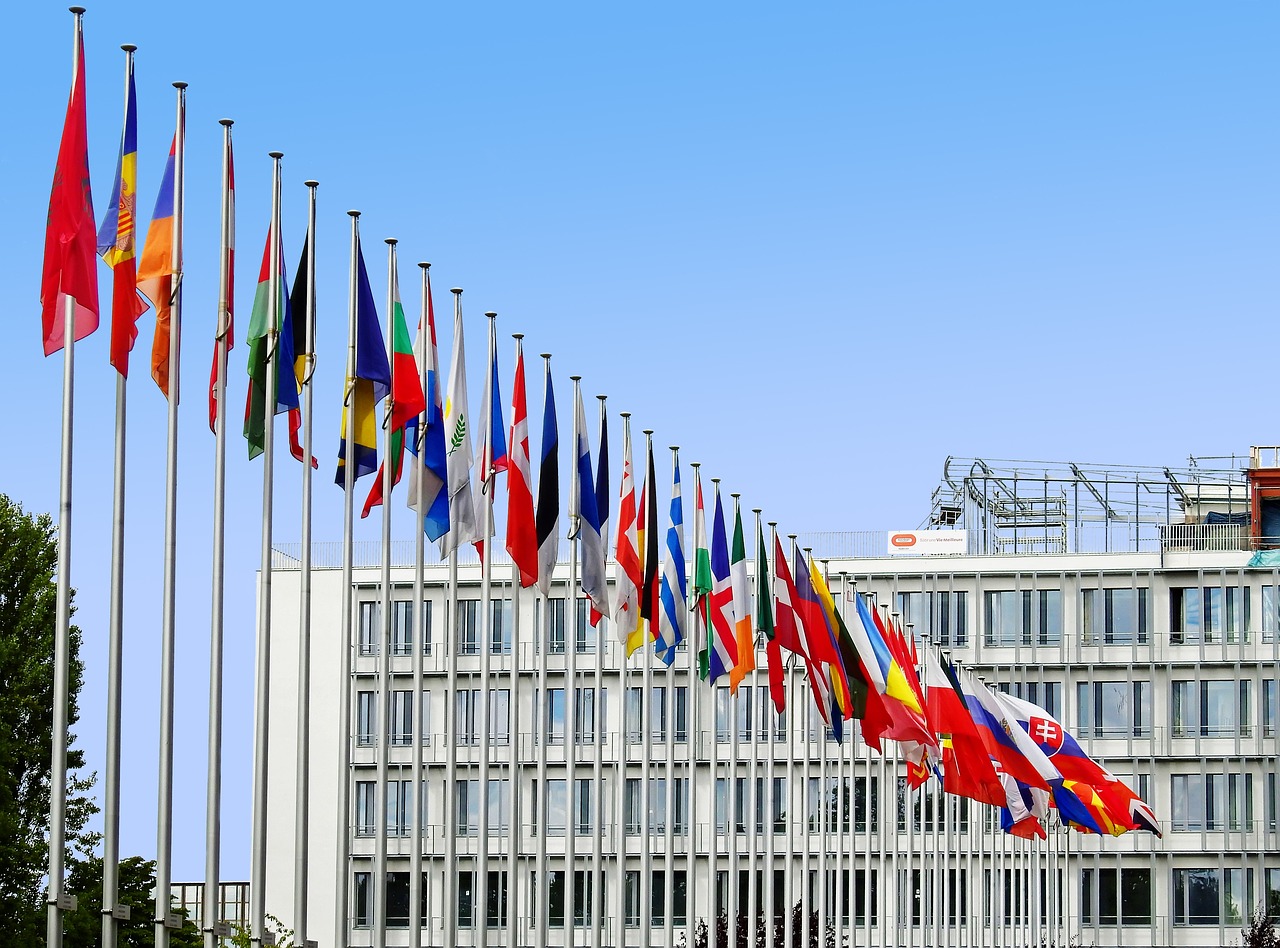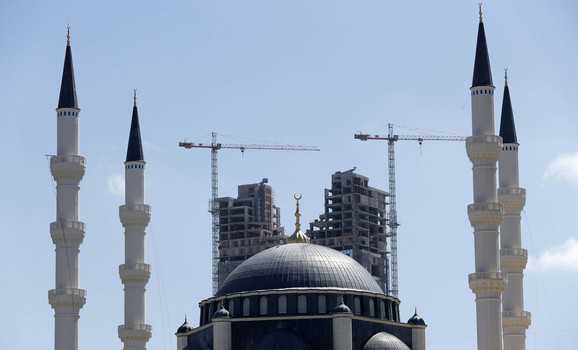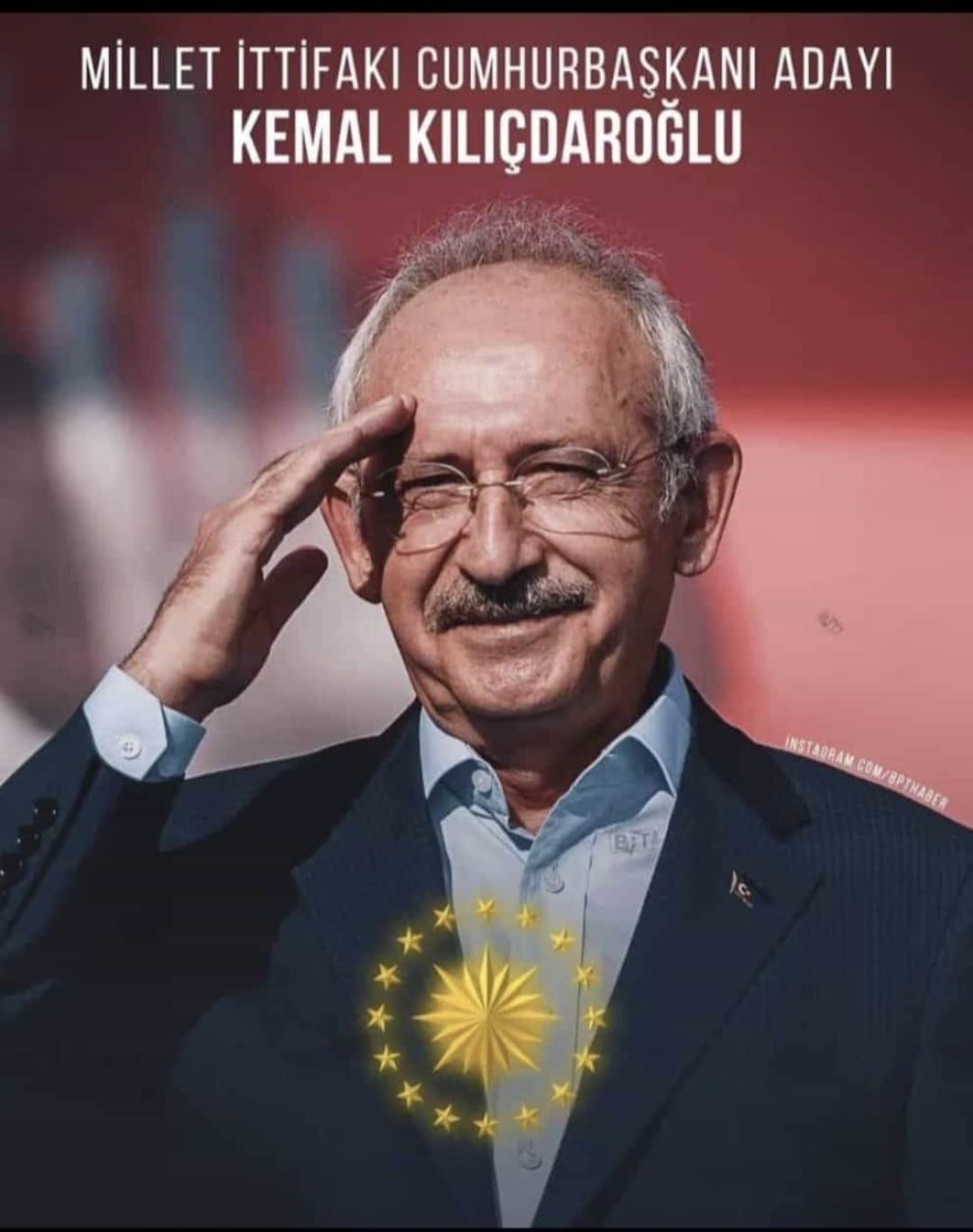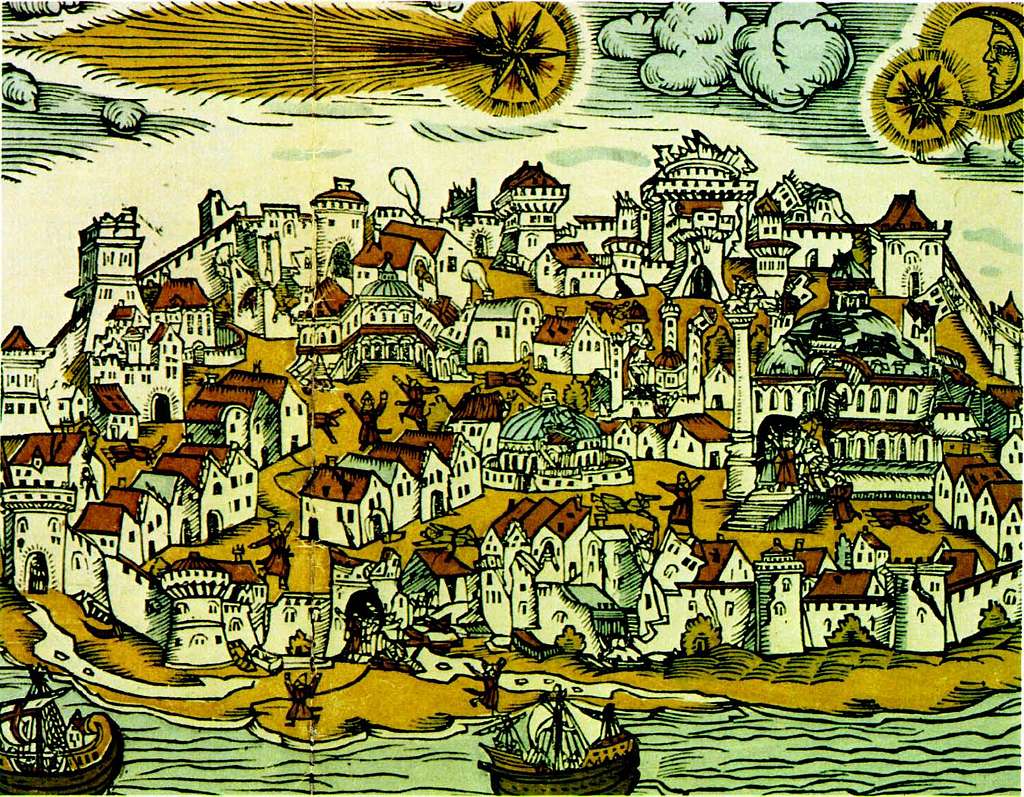I can’t speak about Iran, because it’s mostly very closed society, at least when you look from outside. But when I have travelled over there, that I felt, that especially the cities in Iran are actually very liberal in comparison to their state. When you go more into rural areas, you’ll meet some more conservative people.
When we talk about Turkey, there was actually never a ‘’real discussion’’ about Secularism or Religious rule. It was over the years and decades an artificial debate between both intellectuals, liberals, and conservatives.
The fight was always about ‘’If you rule the country or me…’’
Over the last 50 years, the fight of the conservatives in Turkey was to become a ‘’face’’ inside of the society and reach the same privileges of the chosen white Turkish bureaucratic oligarchy. Since 2002 they became finally this face, even with loads of setbacks, but after 2013, for sure, they have also arrived at the top of the state and critical positions inside of the society.
And anything has changed? Well, not much. They have reached the same level of ‘’arrogance’’ that the previous secular oligarchy has shown to the rest of the population. So it turned out very clearly, that the problem of Turkey was never about secularism, or becoming a face, but it was about ‘’power for me or for you’’ and more structural and moral aspects of the society.
If I speak to most of the Turks, even though the divide is generally nowadays 50/50, around 80 % of the Turks are happy with Secularism. This includes readers of Hurriyet, Cumhuriyet, Milliyet, Sabah, Sözcü newspapers.
The rest of the 15 % would love to see some more harsh penalties regarding horrible crimes and they think regarding this subject that if there are some more Islamic laws also incorporated into the secular system, that the crime rate would go down. You would land in that particular thought more by newspapers like Yeni Şafak etc. Similar to the conservatives in the US who debate about the death penalty etc. But that’s all about.
And people who advocate for a change from Secularism into Shariah law has never exceeded in Turkey 3–5 % at all. Those are mostly people who read the crap like Yeni Akit newspaper.
There is no real problem in Turkey regarding Secularism, they have other sociological and political things to solve. Secularism-Conservative divide generally has served over 50 years to distract the people from the real problems of the country. Sad, but this is the reality.
Thanks.
Alexei Yahontov

